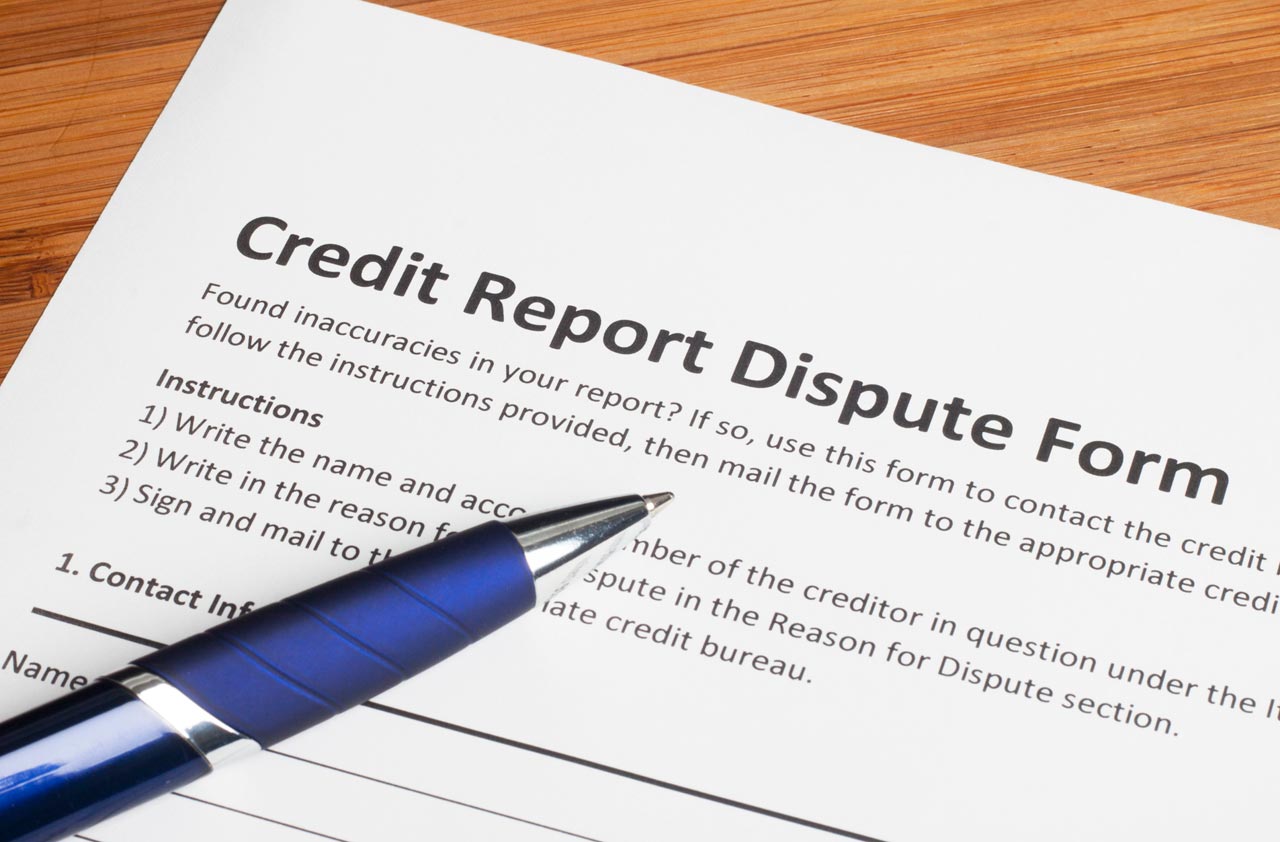A Tax on Health Benefits
Find out how employee health benefits will be taxed and how employees will be affected.

The value of employee health benefits will be placed on Form W-2 starting with the 2011 one. Does that mean health benefits will be considered taxable income? And could you please explain the 40% tax on “Cadillac” plans?
The figure that will appear on the 2011 Form W-2, which you’ll receive in 2012, is only for informational purposes; it does not mean that the benefits will be taxable.
The tax on benefits doesn’t arrive until 2018, when insurers must pay a 40% tax on the portion of employer-sponsored “Cadillac” health-plan benefits that exceeds $10,200 for individuals or $27,500 for families (not including stand-alone vision or dental benefits). That limit includes the employer and employee portions of the premiums, plus any employee contributions to tax-favored health savings accounts and flexible spending accounts. This tax will be levied on insurers, not individuals. But insurers are expected to pass the higher costs on to employers, which are likely to pass them to employees or to trim coverage -- such as by increasing deductibles -- so the premiums will fall below the tax threshold.

Sign up for Kiplinger’s Free E-Newsletters
Profit and prosper with the best of expert advice on investing, taxes, retirement, personal finance and more - straight to your e-mail.
Profit and prosper with the best of expert advice - straight to your e-mail.
The 40% excise tax will be triggered at a higher level for some groups, including firefighters and others in high-risk professions and retirees 55 and older. For them, the tax will apply to the value of benefits above $11,850 for individual coverage or $30,950 for a family plan.
The average policy currently falls far below those cutoffs. In 2009, employer-provided health insurance cost an average of $4,824 for single coverage and $13,375 for family coverage, according to the Kaiser Family Foundation. But that provides little solace: The trigger points for the tax assume a 55% increase in health-care premiums between now and when the tax goes into effect. If the average cost of family coverage jumps by 55% over that period, it will total approximately $20,750. Add a $2,500 contribution to a medical flex plan to the value of employer-provided health benefits and you’ll be close to the $27,500 limit.
For more information about how the new health-care reform law may affect you, see our Health-Care Reform special report.
How will Obama’s heath care bill affect YOUR small business? Find out by clicking here.
For weekly updates on topics to improve your business decisionmaking, click here.
Get Kiplinger Today newsletter — free
Profit and prosper with the best of Kiplinger's advice on investing, taxes, retirement, personal finance and much more. Delivered daily. Enter your email in the box and click Sign Me Up.

As the "Ask Kim" columnist for Kiplinger's Personal Finance, Lankford receives hundreds of personal finance questions from readers every month. She is the author of Rescue Your Financial Life (McGraw-Hill, 2003), The Insurance Maze: How You Can Save Money on Insurance -- and Still Get the Coverage You Need (Kaplan, 2006), Kiplinger's Ask Kim for Money Smart Solutions (Kaplan, 2007) and The Kiplinger/BBB Personal Finance Guide for Military Families. She is frequently featured as a financial expert on television and radio, including NBC's Today Show, CNN, CNBC and National Public Radio.
-
 Stock Market Today: Great Power Affairs Mesmerize Markets
Stock Market Today: Great Power Affairs Mesmerize MarketsThe U.S. and China are at least talking about talking about tariffs, and investors, traders and speculators are showing a little less fear.
By David Dittman
-
 Is Walmart Plus Worth It?
Is Walmart Plus Worth It?There are tons of exciting Walmart Plus benefits – but are they worth the $98 annual fee?
By Rachael Green
-
 Credit Report Error? They All Matter
Credit Report Error? They All Mattercredit & debt Don't dismiss a minor error. It could be the sign of something more serious.
By Kimberly Lankford
-
 Insurance for a Learning Driver
Insurance for a Learning Driverinsurance Adding a teen driver to your plan will raise premiums, but there are things you can do to help reduce them.
By Kimberly Lankford
-
 529 Plans Aren’t Just for Kids
529 Plans Aren’t Just for Kids529 Plans You don’t have to be college-age to use the money tax-free, but there are stipulations.
By Kimberly Lankford
-
 When to Transfer Ownership of a Custodial Account
When to Transfer Ownership of a Custodial Accountsavings Before your child turns 18, you should check with your broker about the account's age of majority and termination.
By Kimberly Lankford
-
 Borrowers Get More Time to Repay 401(k) Loans
Borrowers Get More Time to Repay 401(k) Loansretirement If you leave your job while you have an outstanding 401(k) loan, Uncle Sam now gives you extra time to repay it -- thanks to the new tax law.
By Kimberly Lankford
-
 When It Pays to Buy Travel Insurance
When It Pays to Buy Travel InsuranceTravel Investing in travel insurance can help recover some costs when your vacation gets ruined by a natural disaster, medical emergency or other catastrophe.
By Kimberly Lankford
-
 What Travel Insurance Covers When Planes Are Grounded
What Travel Insurance Covers When Planes Are GroundedTravel Your travel insurance might help with some costs if your trip was delayed because of the recent grounding of Boeing 737 Max planes.
By Kimberly Lankford
-
 Ways to Spend Your Flexible Spending Account Money by March 15 Deadline
Ways to Spend Your Flexible Spending Account Money by March 15 Deadlinespending Many workers will be hitting the drugstore in the next few days to use up leftover flexible spending account money from 2018 so they don’t lose it.
By Kimberly Lankford